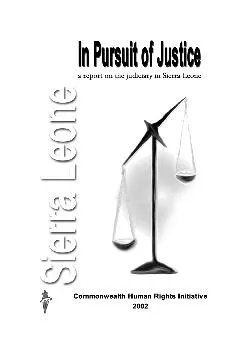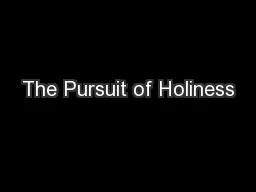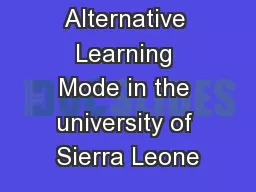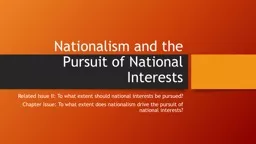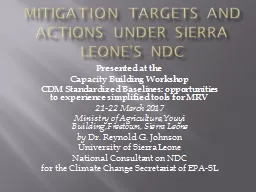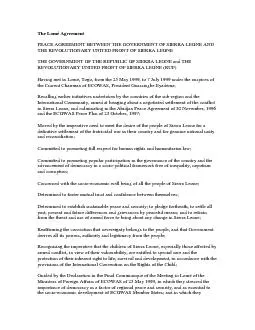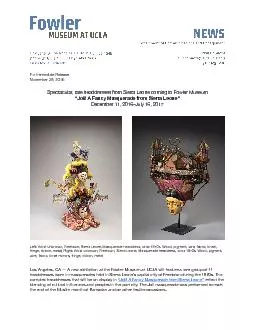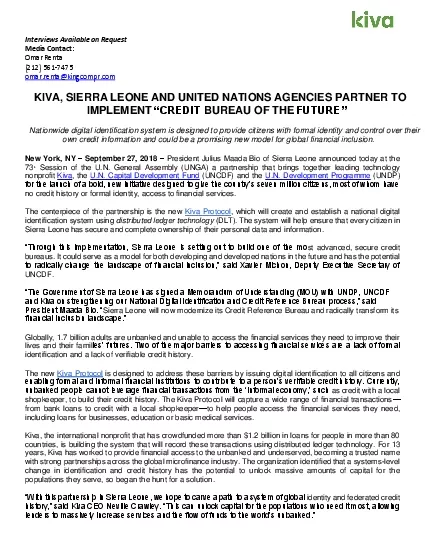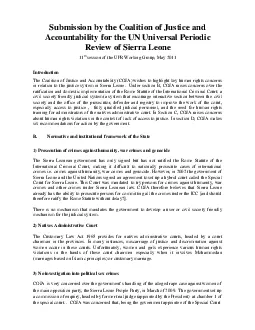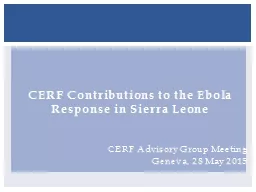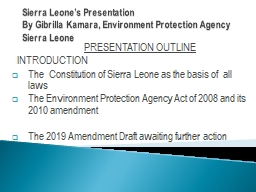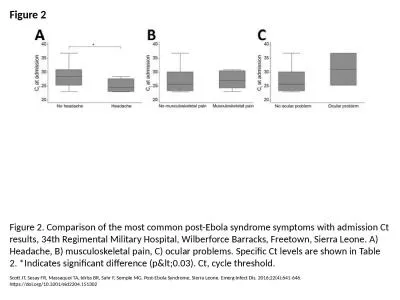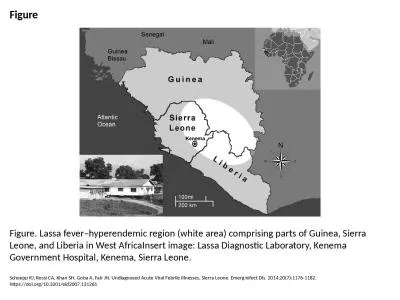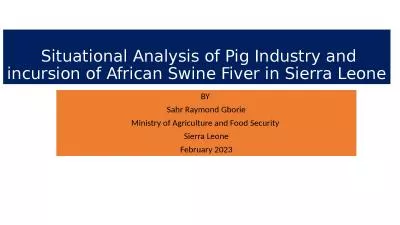PDF-1 In Pursuit of Justice a report on the Judiciary in Sierra Leone
Author : faustina-dinatale | Published Date : 2017-01-24
0 1 Introduction Formal Elements 11 Hierarchy and Administration of the Courts 12 The Bench 13 The Legal Profession 14 The Government Legal Service 15 Special Commissions
Presentation Embed Code
Download Presentation
Download Presentation The PPT/PDF document "1 In Pursuit of Justice a report on th..." is the property of its rightful owner. Permission is granted to download and print the materials on this website for personal, non-commercial use only, and to display it on your personal computer provided you do not modify the materials and that you retain all copyright notices contained in the materials. By downloading content from our website, you accept the terms of this agreement.
1 In Pursuit of Justice a report on the Judiciary in Sierra Leone: Transcript
Download Rules Of Document
"1 In Pursuit of Justice a report on the Judiciary in Sierra Leone"The content belongs to its owner. You may download and print it for personal use, without modification, and keep all copyright notices. By downloading, you agree to these terms.
Related Documents

